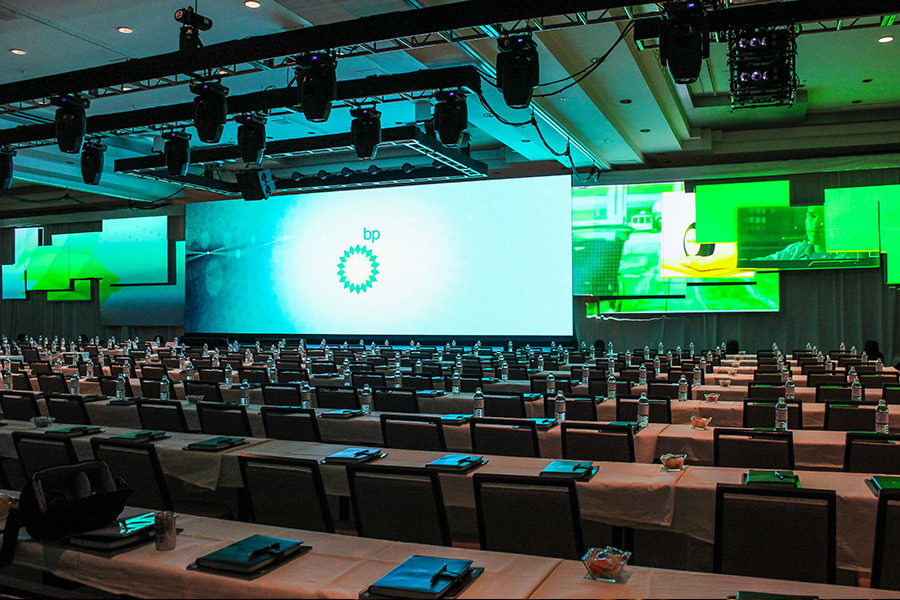Transforming Spectator Engagement Via Engaging VR Encounters within Real-time Performances
In the past times, digital reality has emerged a potent tool for boosting viewer involvement in real-time performances. Such innovation allows viewers to immerse themselves in a three-dimensional setting, crafting a distinct experience that conventional formats cannot easily duplicate. Through using VR, producers can transport audiences into the heart of the action, making them feel as if they are part of the show. This innovative method not just enchants audiences but also unlocks new opportunities for narrative and interaction.
One of the key benefits of using VR in live productions is the ability to forge a greater interactive experience. Audiences can engage with the performance in real-time, influencing the outcome or exploring different viewpoints. For example, in a stage show, audiences using VR goggles can select to pursue particular roles or segments, enabling them to tailor their encounter. This level of interactivity cultivates a more profound bond between the viewers and the show, rendering it more unforgettable and impactful.
Additionally, VR navigate to this website tools can improve the sight and auditory aspects of a real-time production. With high-quality graphics and sound design, creators can build breathtaking settings that attract audiences in. This engaging quality can raise the complete encounter, making it more engaging and enjoyable. For example, a musical performance can be transformed into a rich encounter, where audience members feel as if they are on stage with the artists. Such enhancements not just attract larger audiences but also encourage return viewing, as viewers seek to relive the excitement.

In addition improving audience engagement, VR can also provide valuable insights for producers. By examining how audiences engage with the digital environment, producers can collect data on viewer preferences and behaviors. This information can inform future productions, assisting to customize material to more effectively satisfy the demands and desires of the viewers. As a consequence, VR not only enriches the current experience but also contributes to the evolution of live productions as a complete entity.
With the advancements progressing to evolve, the possibilities for VR in live productions is vast. From stage shows and musical events to athletic events and festivals, the possibilities are endless. Through adopting this cutting-edge method, producers can revolutionize the way audiences engage with real-time performances. With more creators explore the integration of VR, it is probable that we will see a shift in how shows are crafted and presented, ultimately leading to a greater immersive and participatory prospect for real-time productions.